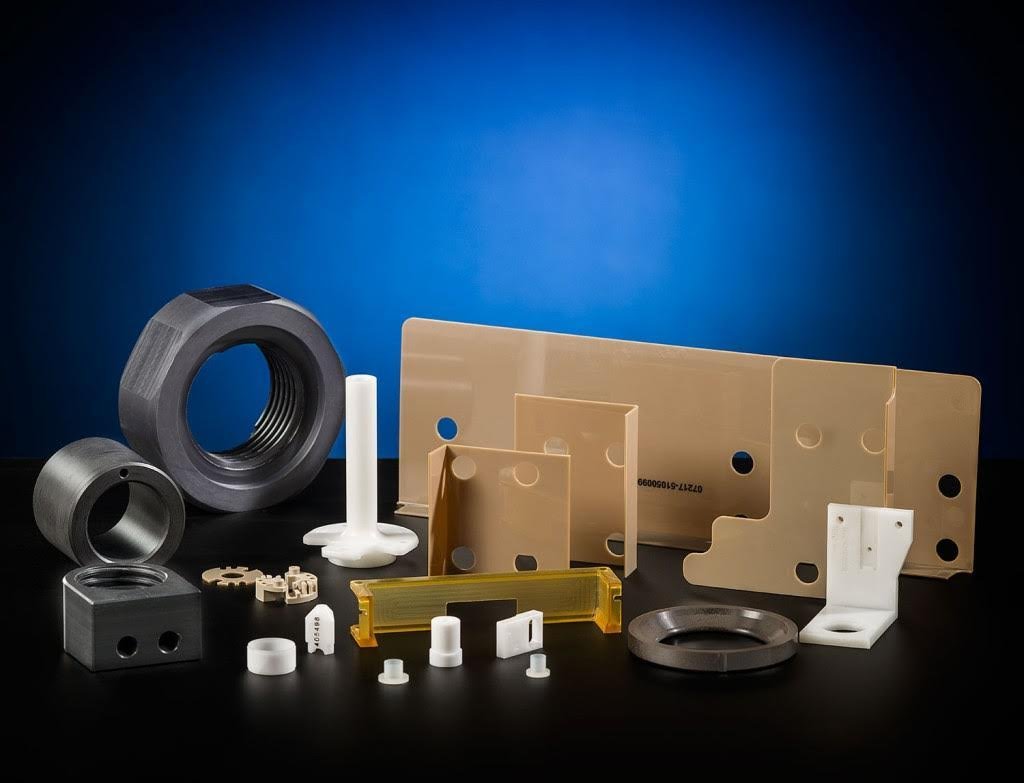
In both the aerospace and automotive industries, materials that can withstand extreme conditions are crucial. High temperature plastics have emerged as a vital innovation, offering a combination of durability, heat resistance, and lightweight properties. These plastics are transforming how engineers design parts, providing alternatives to traditional metals. Let’s dive into what high temperature plastics are and how they benefit these industries.
What Are High Temperature Plastics?
High temperature plastics are polymers engineered to maintain their properties at temperatures well beyond what typical plastics can endure. While most conventional plastics soften or degrade at relatively low temperatures insert molding, high temperature plastics can withstand heat levels ranging from 150°C to 400°C or more. This heat resistance makes them ideal for demanding applications in both aerospace and automotive sectors.
Key Benefits of High Temperature Plastics
- Heat Resistance
The primary feature of high temperature plastics is their ability to endure extreme heat without losing structural integrity. This is essential in industries like aerospace and automotive, where parts are frequently exposed to high temperatures, especially in engine components and exhaust systems. - Lightweight Properties
High temperature plastics are significantly lighter than metals like steel or aluminum, reducing the overall weight of vehicles and aircraft. In both industries, lighter weight translates to improved fuel efficiency and reduced emissions, a key advantage in today’s push for sustainability. - Corrosion Resistance
Metals are prone to corrosion when exposed to harsh environments such as saltwater, chemicals, or high humidity. High temperature plastics, on the other hand, are naturally resistant to corrosion, making them perfect for use in challenging environments. - Enhanced Durability
These plastics can withstand mechanical stress, abrasion, and chemical exposure, providing long-lasting solutions that require less frequent replacement or maintenance.
Applications in the Aerospace Industry
In aerospace, high temperature plastics are indispensable for designing components that must survive extreme altitudes, atmospheric pressures, and temperatures. Some common applications include:
- Turbine and Engine Components
High temperature plastics are used in turbine blades, engine casings, and other parts that encounter extreme heat. They are engineered to maintain their form and function even in high-pressure environments. - Insulation Materials
These plastics provide exceptional thermal and electrical insulation for wiring and electronic systems in aircraft, reducing the risk of fires and improving overall safety. - Structural Components
With their lightweight and high strength, high temperature plastics are used in various structural components, such as fuselage sections and wing components. Their weight savings contribute to improved fuel efficiency.
Applications in the Automotive Industry
In the automotive sector, high temperature plastics are increasingly replacing metals in various applications. Some of the most common uses include:
- Engine Components
Plastics that resist high temperatures are used for engine parts like manifolds, gaskets, and housing components. Their heat resistance ensures that they function properly under the high thermal loads generated by combustion engines. - Exhaust Systems
High temperature plastics are used in exhaust systems to withstand the high heat generated by exhaust gases. These materials are crucial for reducing the weight of the exhaust system, which can improve a vehicle’s performance. - Electrical and Electronic Components
The automotive industry is moving towards electrification, and high temperature plastics play a critical role in protecting electrical systems. These plastics insulate sensitive electronic components from heat and environmental factors, ensuring reliability.
Future Innovations and Sustainability
As the aerospace and automotive industries strive for greener solutions, high temperature plastics are evolving to become more sustainable. Research is focused on developing plastics from renewable resources and improving their recyclability. These innovations promise to make high temperature plastics even more attractive for future use.
Conclusion
High temperature plastics represent a significant leap forward for both aerospace and automotive industries. Their combination of heat resistance, durability, lightweight properties, and corrosion resistance makes them ideal for various critical applications. As technology continues to evolve, we can expect even more innovations in high temperature plastics, helping these industries push the boundaries of what’s possible.